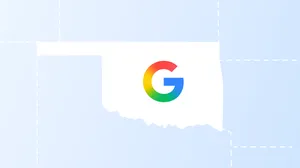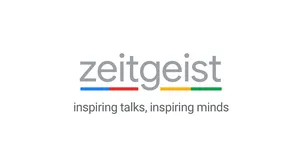How we’re supporting the news with our marketing
As every marketing team knows, staying on top of the news is critical to developing campaigns that are thoughtful, relevant and helpful to people’s lives. Not only do we depend on news publishers to inform our marketing, but we also have a deep respect for the important work journalists do to keep everyone informed and safe.
But in the wake of the coronavirus, many publishers have been facing challenges funding the journalism we all rely on. While Google has long spent its marketing dollars with news organizations, a few months ago, we set out to think about how we could do even more to help the news industry through this challenging time.
Building on ongoing efforts across our company, we've made four commitments to better support high-quality journalism with our marketing. Here's more about the steps we’ve taken and what we've learned.
1. Invest more with news organizations
News publishers provide an effective platform for advertisers to engage audiences. We also think it’s important to support journalism financially with our marketing.
For the first time, we’re holding ourselves to a marketing spend goal with the news category. Back in March, we committed to invest over $100 million with news organizations around the world by the end of the year. We’re well on our way to hitting this goal.
2. Revisit brand safety settings
Like many marketers, we added “coronavirus” to our negative keyword list when COVID-19 first hit as a brand safety precaution. These lists are intended to prevent ads from showing up next to unsuitable content.
As COVID-19 became a mainstream topic that dominated the news cycle, we realized that we were being too conservative in our approach. We decided to remove “coronavirus” from our negative keyword list, which led to a 25 percent increase in the placement of our ads on news content, more effective campaigns, and more of our marketing dollars going to high-quality news publishers. To help other marketers support news organizations too, our colleagues working on Google Ads and Display & Video 360 added alerts within the product, prompting brands using “coronavirus” negative keywords to consider removing these phrases, so their campaigns could similarly reach news sites.
This inspired us to do a broader audit of our brand safety strategies to make sure we weren’t inadvertently preventing our marketing campaigns from appearing on news content, and we continue to review our settings in the face of important news cycles. For example, while we’ve never excluded “Black Lives Matter,” we recently reassessed our settings to make sure our ads are set up to run alongside reporting on the racial justice movement. We encourage other marketers to do the same.
3. Support Black- and Latino-owned publishers
In June, we announced a set of commitments to improve racial equity inside and outside of Google. As a marketing team, one of many questions we asked ourselves was, how can we put more of our campaign dollars towards Black- and Latino-owned publishers in a meaningful way?
So as part of our ongoing conversations with Black- and Latino-owned newspapers, we’ve been working to identify a more systematic way to spend our marketing dollars with them. These conversations raised a common challenge that many of these publishers face: their businesses are not set up to take advantage of digital advertising at scale.
We’re taking three immediate steps to help address this. First, we’re working with the National Newspaper Publishers Association, representing Black-owned newspapers, and the National Association of Hispanic Publications to spend more with their member publications in the U.S. Second, we’re creating a Google News Initiative program with these same organizations and others to help Black- and Latino-owned publishers advance their digital maturity and build digital advertising capabilities, so they can attract more advertisers and grow revenue. Finally, Display & Video 360 is highlighting publications owned by multicultural groups within the product to help marketers who similarly want to spend more with these businesses.
4. Elevate local news
From stay-at-home orders to natural disasters, every day people turn to local news to stay informed and safe. In partnership with the Local Media Association and Local Media Consortium, we launched a marketing campaign in June to “Support Local News.” This program delivered funding to thousands of local news outlets in the U.S. and Canada, including Black- and Latino-owned publishers, and reached tens of millions of people with our call to action to subscribe, donate and advertise.
Better support for news publishers will remain a priority across all of our marketing campaigns for Google's products. While there is more work to be done, we hope these steps inspire marketers to think differently about their campaigns and support news organizations in similar ways.







